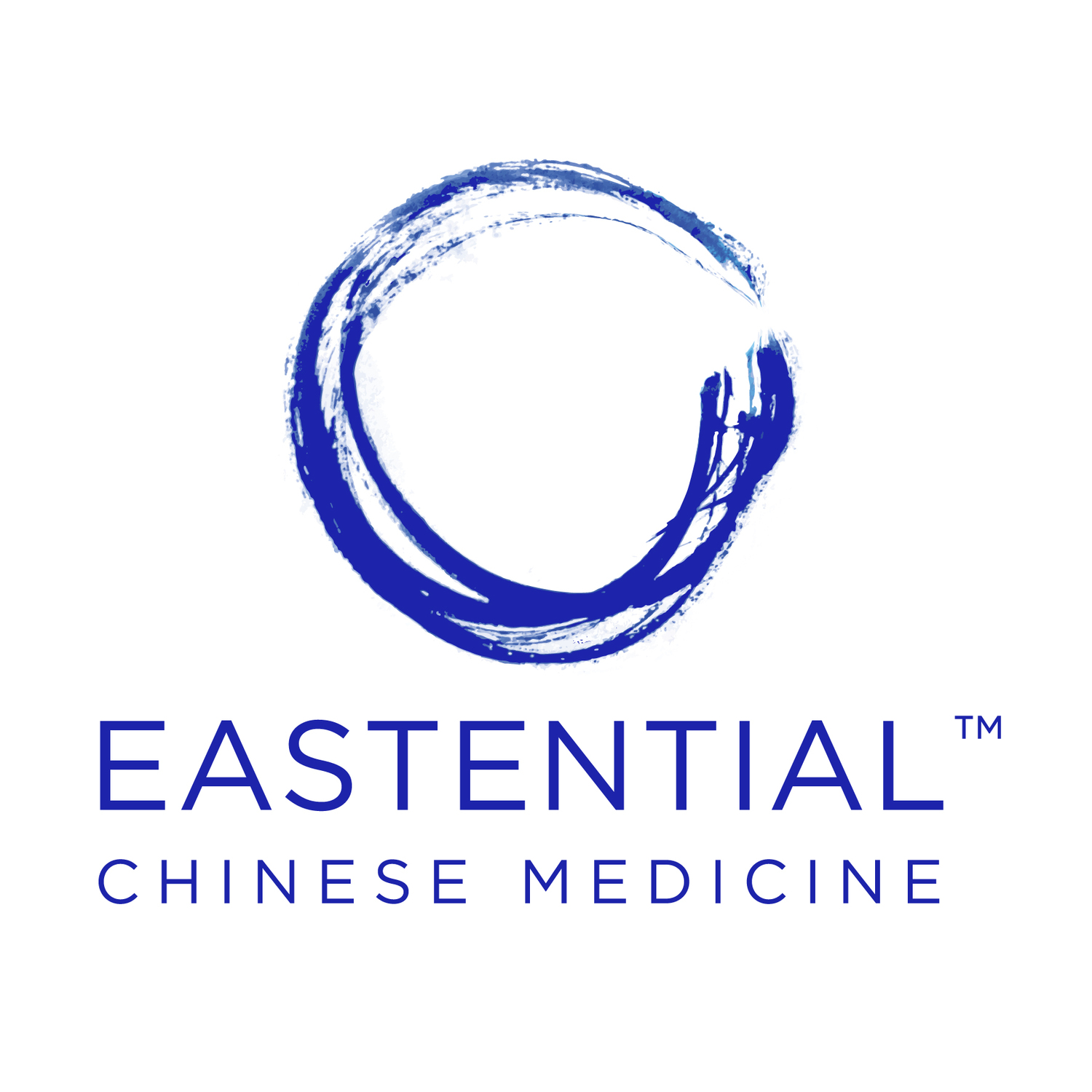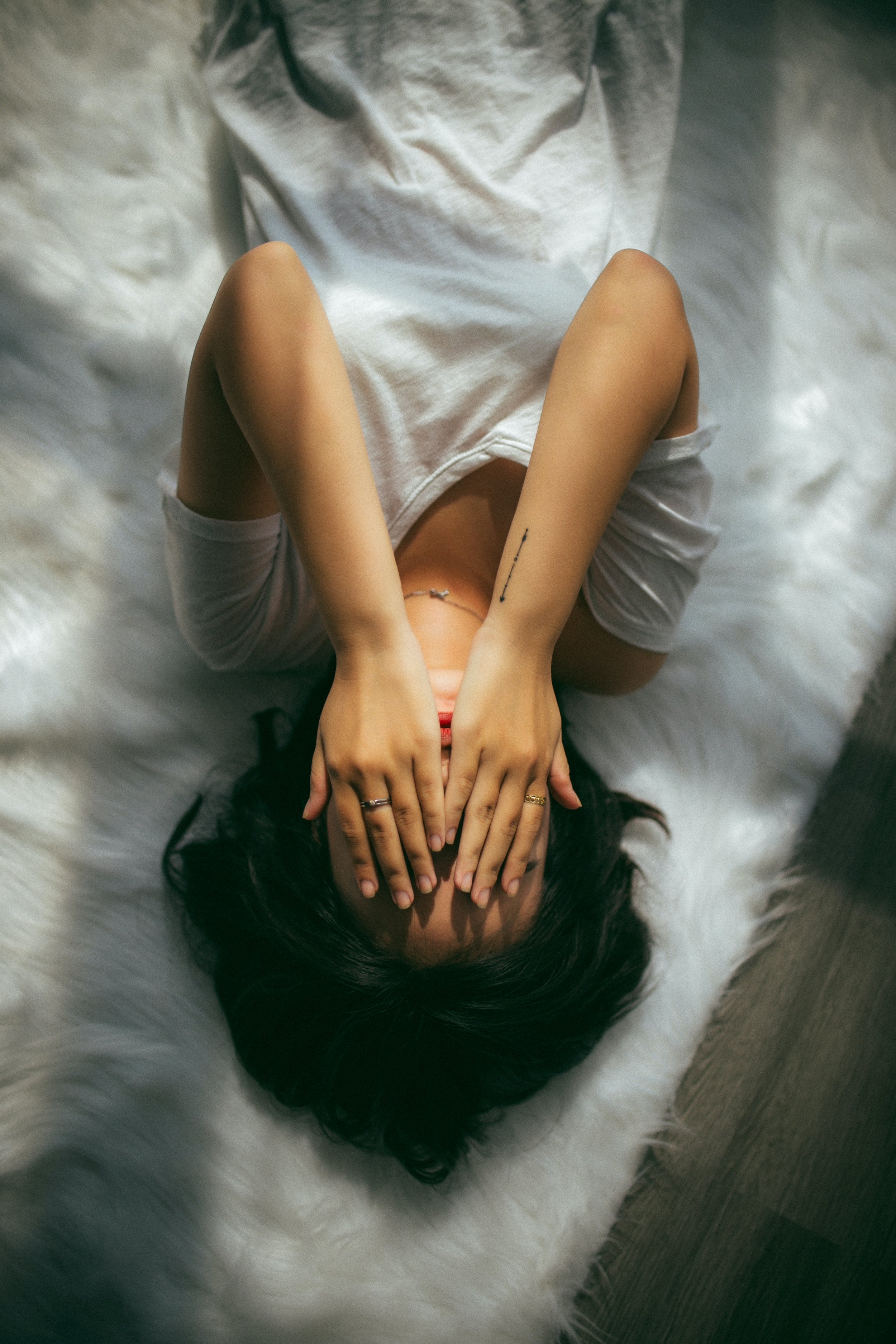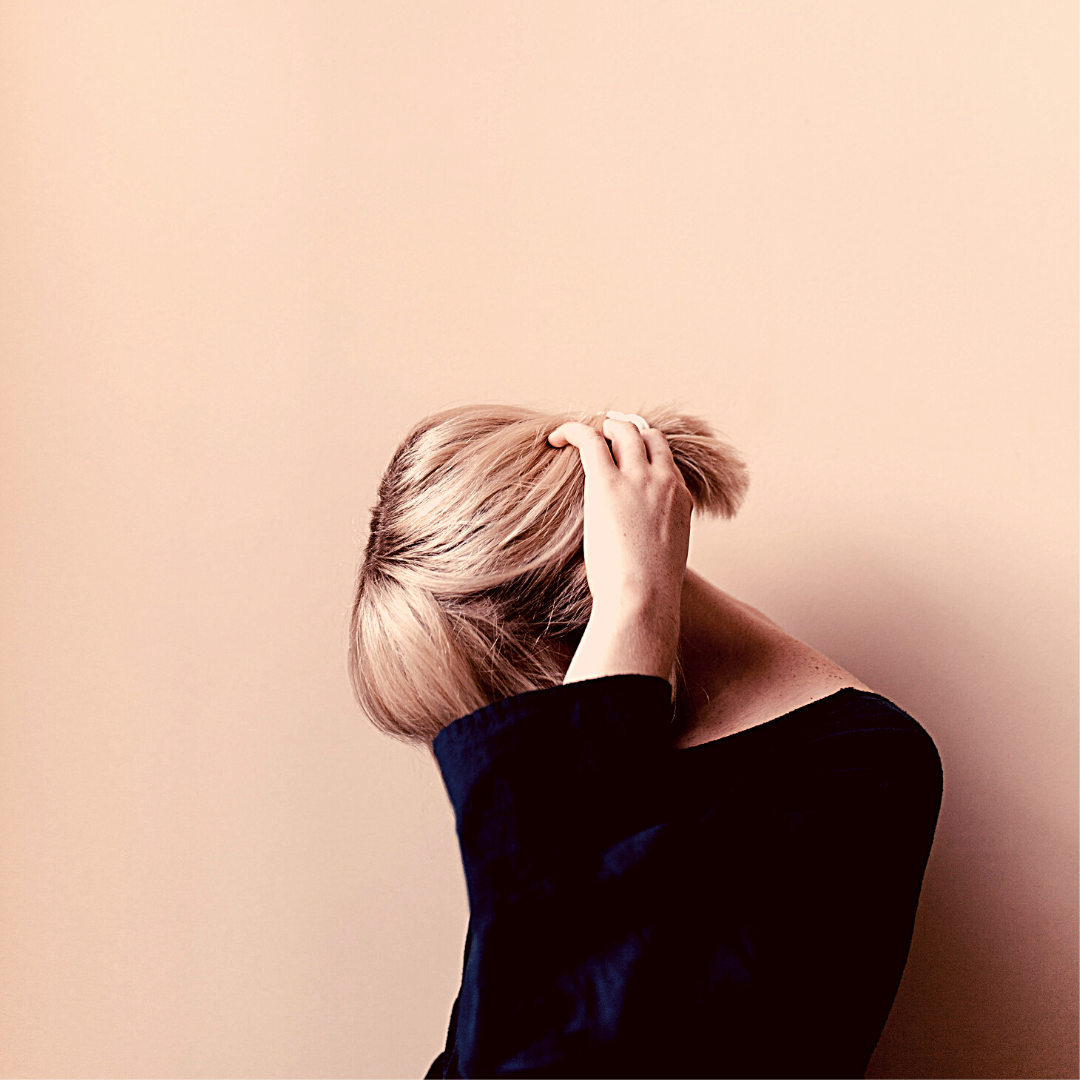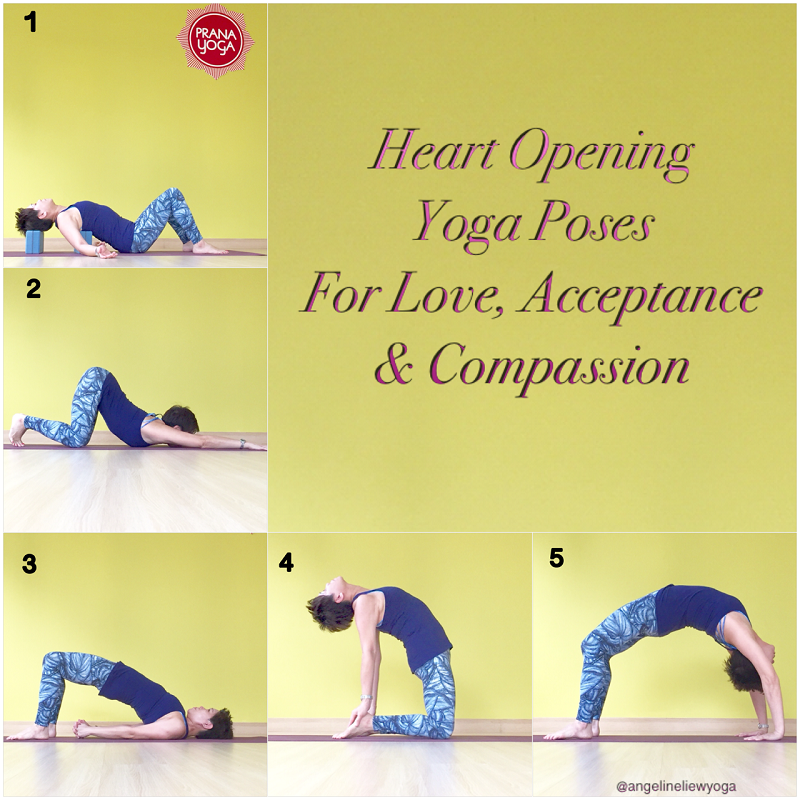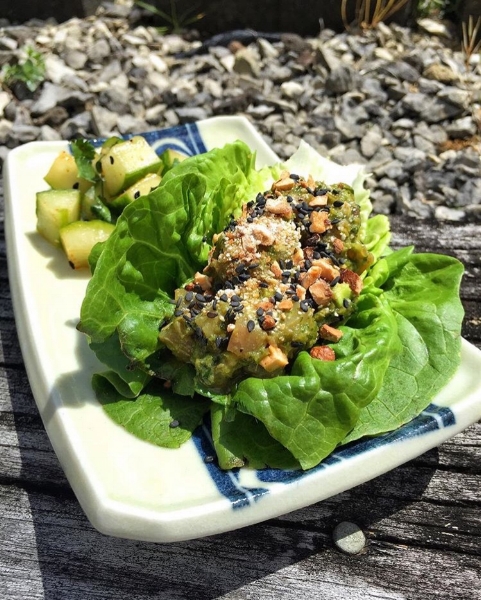Urticaria, commonly known as hives, can be an incredibly distressing skin condition that often manifests in childhood, only to seemingly disappear, and then resurface once again during adulthood. However, it is not uncommon for urticaria to develop suddenly and unexpectedly in adulthood as well. The condition itself can be categorized into two main types: acute urticaria and chronic urticaria.
Acute urticaria typically lasts for a few days, with recurring episodes over the course of several weeks. It can be triggered by various factors, such as allergies to certain foods, pollen, or even certain types of medication. The symptoms of acute urticaria can include transient, puffy, and intensely itchy wheals, which can appear in different sizes and shapes. These wheals can crop up virtually anywhere on the body, causing considerable discomfort for individuals of all ages who are affected by this condition.
On the other hand, chronic urticaria is defined by reoccurring episodes that last for longer than six months. Similar to acute urticaria, chronic urticaria can present with transient, puffy, and extremely itchy wheals. These wheals may appear in varying sizes and shapes, and they have the propensity to occur on any part of the body. It is worth noting that chronic urticaria can affect individuals at any stage of their lives, adding an additional layer of complexity to diagnosing and managing this perplexing skin condition.
How does Chinese medicine define urticaria?
In Chinese medicine, urticaria is considered a skin condition caused by 'Wind'. It is known as 'Wind dominant papules' (Feng Yin Zhen) pattern. This is because the symptoms of urticaria can appear suddenly and disappear quickly, varying in severity from aggressive to mild the next day. This reflects the nature of wind, which can be both swift and violent, or gentle and almost nonexistent.
Why does urticaria happen?
The cause of urticaria from Chinese medicine perspective is both complex and varied. However, there are some suggestive ideas
Wind - Wind, when combined with Cold or Heat, can enter channels through skin causing rash/wheals on body with itching.
Emotional factors – Feeling stressed, anxious, or irritable can cause urticaria. This happens because these emotions create heat in the body and its pathways/channels/meridians. As a result, urticaria may come and go depending on how you feel on that particular day. When the emotions are resolved, the hives usually disappears.
Qi and Blood deficiency – A weakened body due to illness, prolonged overexertion, or insufficient rest can result in a noticeable decrease in energy levels. Energy encompasses the vital forces of Qi and Blood, both of which are interdependent and closely intertwined. In cases of weakness, the body becomes vulnerable to Wind invasion, which can further exacerbate the existing health issues. Insufficient Blood supply within the body can potentially give rise to internal Wind, manifesting in various symptoms such as the development of hives on the skin. Thus, it is crucial to address and restore the body's energy levels, bolster Qi and Blood, and safeguard against external influences that may aggravate these conditions.
Other factors – During hay fever season when pollen is rampant, urticaria can be triggered. Spring, when hay fever allergies are at their peak, often brings unpredictable weather with strong winds and fluctuating temperatures. These rapid changes can wreak havoc for those suffering from both hay fever and urticaria.
How can I manage this condition?
Antihistamine medications - Zyrtec, Telfast, and Claratyne are commonly used to reduce histamine reactions. Each brand has different ingredients and effectiveness varies. It's a trial and error process to find the right brand for you, especially for acute urticaria. However, they may not be as effective for chronic urticaria.
Identify triggers – Identify what causes your symptoms to flare up. For example stay away from or reduce exposure to certain foods like shellfish/seafood, spicy food, nuts, alcohol, pollen, dust, and animal fur.
Weather - Adjust clothing for changing weather to gradually control body temperature in hot or cold conditions.
How can acupuncture and Chinese medicine help?
I understand the difficulties and complexities that come with treating patients suffering from acute to chronic urticaria, a challenging skin condition. However, I have successfully managed and treated several cases, achieving remarkable results. With the unique combination of acupuncture and herbal medicine, this holistic approach can effectively resolve acute conditions swiftly and provide better management and reduction of the appearance of chronic cases. My goal is to provide my patients with the most effective and tailored treatment plan to address their specific needs and help them find relief from the frustrating and uncomfortable symptoms of urticaria. I will guide you towards a path of long-lasting relief and improved skin health.
The treatment plan involves having acupuncture sessions once a week for 4-6 weeks, depending on the severity of your urticaria. You will also need to take herbal medicine regularly. Once your urticaria improves, the acupuncture sessions will be reduced to once every two weeks. Once your skin condition stabilizes, I usually recommend coming in once a month for maintenance. If you are far away, online consultations are available. Herbal medicine alone can be effective for urticaria. The duration of treatment is between 3-6 months, depending on how severe your condition is.
What should I do?
With its unpredictable nature and potential to cause significant discomfort, urticaria can greatly impact the quality of life for those afflicted by it. That's why seeking professional, holistic treatment options, such as acupuncture and Chinese medicine, can be a valuable approach in managing the symptoms and potentially addressing the root causes of this debilitating condition. By taking a comprehensive and individualized approach to treatment, I aim to assist individuals find relief from the symptoms of urticaria, allowing them to lead more comfortable and fulfilling lives. Simply book in for an acupuncture or online consultation via the BOOK ONLINE system.
